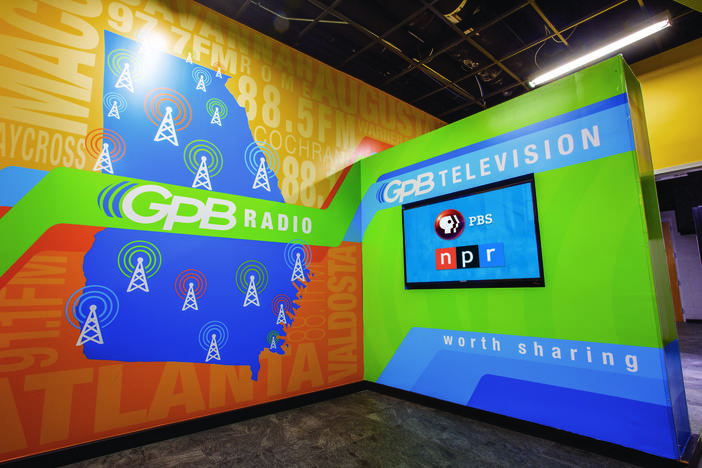Section Branding
Header Content
Economists challenge maxim: For inflation to go down, unemployment needs to go up
Primary Content
An economic rule of thumb has been that lowering the inflation rate leads to higher unemployment. But that has been weakening lately. (This story first aired on Morning Edition on September 6, 2023.)
Transcript
SCOTT SIMON, HOST:
Over the past couple of years, the Federal Reserve has been trying to lower inflation, and for decades, conventional wisdom has been for inflation to go down, unemployment needs to go up. Now some economists are questioning that. Here's Planet Money's Willa Rubin.
WILLA RUBIN, BYLINE: The idea that there is a relationship between inflation and unemployment really got popularized with an economist named Bill Phillips.
RICHARD LIPSEY: He was fairly short. He was a chain-smoker. He had a strong New Zealand accent.
RUBIN: This is Richard Lipsey. He and Phillips were friends. They worked together way back when. And he says Bill Phillips was not your typical academic. He was very adventurous, at one point was even a crocodile hunter. He was also a tinkerer. He worked as an electrical engineer for a while. And when he turned his attention to economics in the 1940s, he felt like the textbook version was kind of missing something. So he built this machine.
LIPSEY: Which was a water-flow model of how the economy behaved.
RUBIN: Picture a giant, transparent, refrigerator-like contraption with lots of pipes for savings or government spending. Water would flow between all these pipes to show how money moved through the economy. Lipsey used the machine when he was at school.
LIPSEY: And you realize that controlling the economy was far more complicated than the textbooks told you.
RUBIN: Complicated, and for Phillips, fascinating. He gets transfixed trying to figure out how does the economy really work? So Phillips lands at the London School of Economics. And then one day back in 1957...
LIPSEY: He came back with this drawing. And here it is. Here's the curve.
RUBIN: A curve. Phillips had pored through about a hundred years of U.K. data, and he found a relationship - that when lots of people had jobs, inflation tended to go up. But when unemployment was higher, inflation was lower. And the idea of this trade-off between inflation and unemployment, it takes off. Soon, it gets dubbed the Phillips Curve, and it becomes a foundation of macroeconomics. And over the next several decades, that foundation largely held up, subject to revisions as times changed. But for many years, the Phillips Curve was a kind of staple economists used to understand the economy's inner workings. Alan Blinder, famous Princeton economist, he actually applied the principles of the Phillips Curve in the '90s, when he was vice chairman of the Federal Reserve, says it helped keep the economy stable during his term. But if you ask him now...
ALAN BLINDER: I'm no longer a devotee of the Phillips Curve. I've seen the error of my ways.
RUBIN: What made him stop believing? It was inflation. It stayed low for decades. Even as unemployment took some wild swings, inflation didn't really budge - until recently. And now, as inflation has been coming down, unemployment has remained relatively low, which is good news. But for economists, it also means their understanding of inflation is experiencing some growing pains.
BLINDER: The reason it's terrifying is that if you lose your Phillips Curve, you don't quite know what to do if you need to bring inflation down.
RUBIN: To be clear, the Fed has lots of tools it's using to think about inflation. But maybe for this bedrock of economic theory, the Phillips Curve, it's time for another rethink.
Wilma Rubin, NPR News.
(SOUNDBITE OF MUSIC) Transcript provided by NPR, Copyright NPR.
